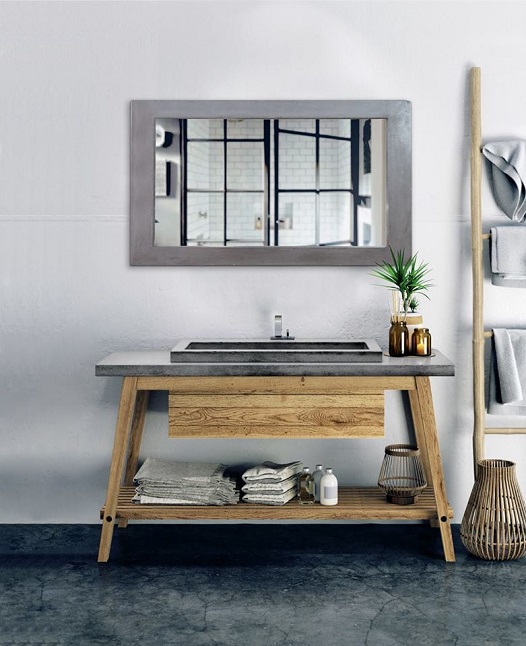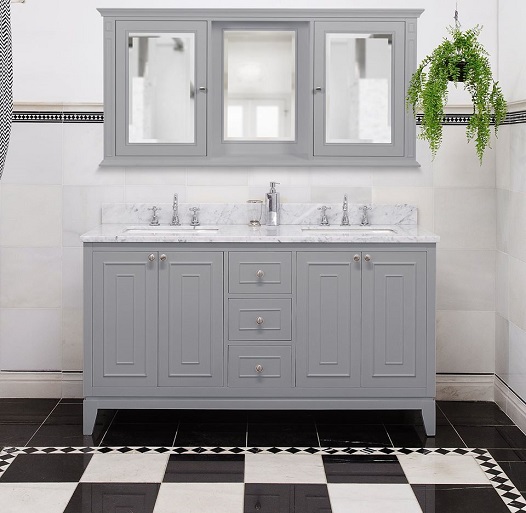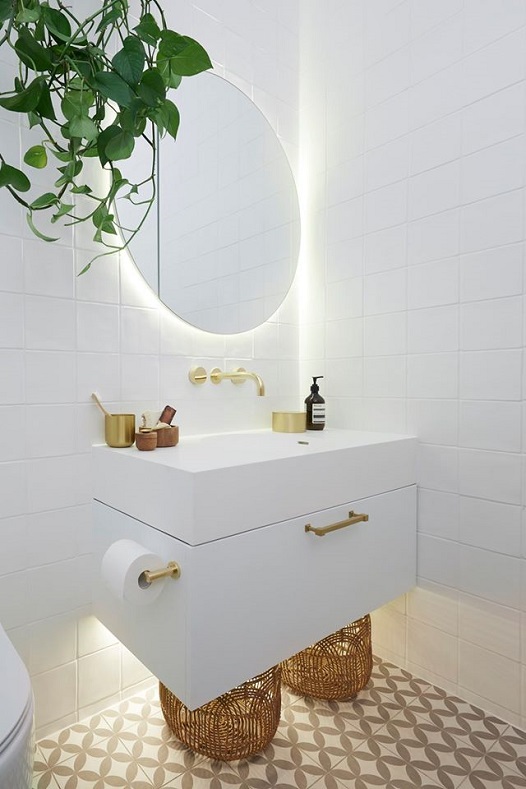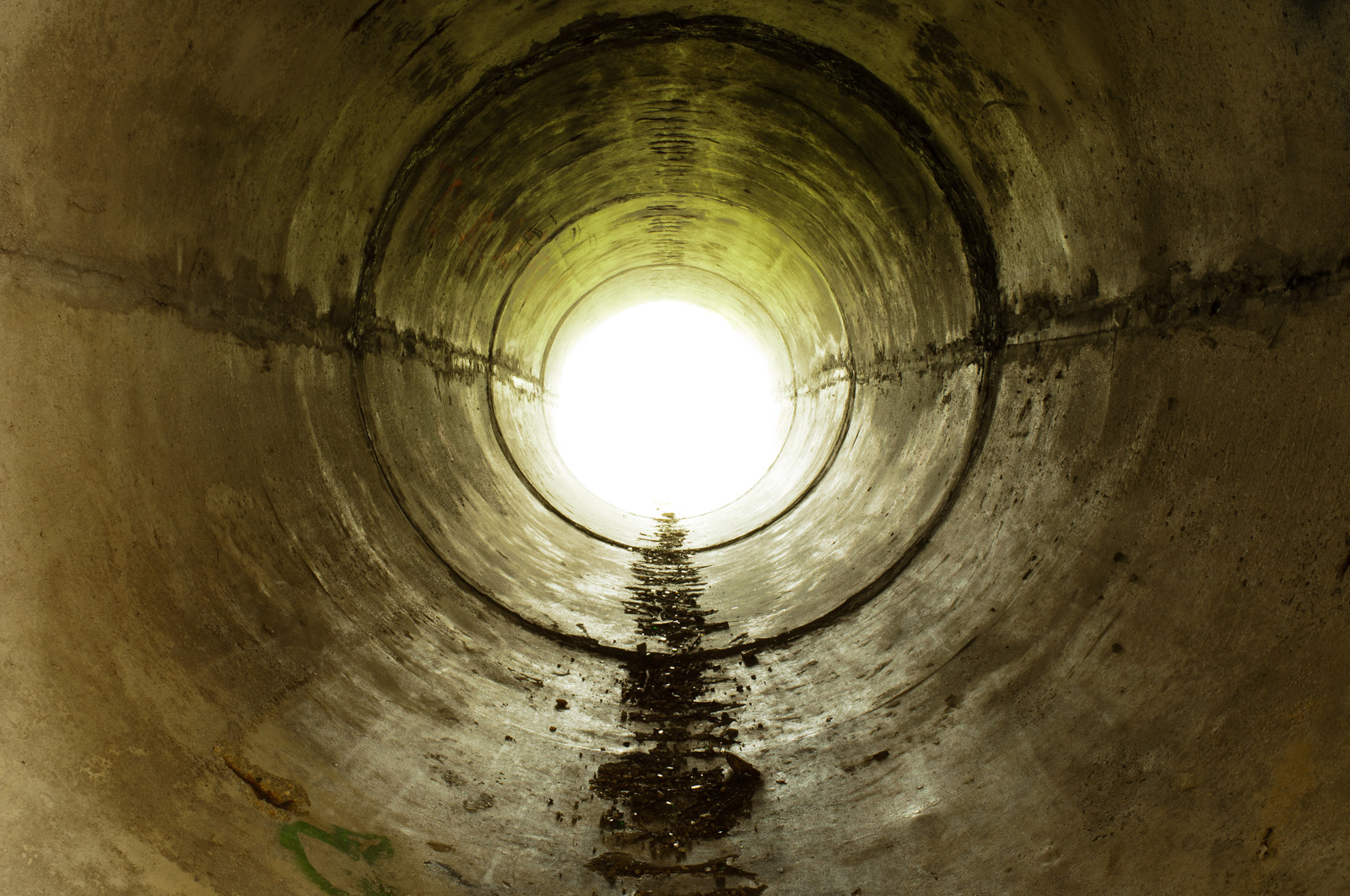Bathroom Basins: How to Choose the Right One for Your Space
Are you getting your new bathroom ready? Among all the elements that make up a bathroom, the basin is the one that’s going to have the biggest impact on the space. While you might look for the most gorgeous basin within your budget, it’s not just looks that count when designing a utilitarian space such as the bathroom. You also need to think about functionality. The right bathroom basin should be convenient to use and fit the size and layout of the space.
And with the multitude of bathroom basins any well-equipped bathroom store offers, deciding which one to choose can be a tough task. However, once you know all the options you have on disposal and what designs and features will suit your needs and space best, buying a basin will be a piece of cake. Here are some important things to have in mind.
Consider the Different Mount Options
Bathroom basins are available in a variety of mounts with wall-mounted, pedestal, under-mount, top-mount and vessel sinks being the most common styles. While wall-mounted sinks used to be considered as a more of a commercial option, they have grown in popularity recently. These sinks are considered the most space-efficient choice for small bathrooms. Since this design is mounted directly on the wall, you will have free floor space under the sink which you can purposefully use, like for instance by placing a laundry basket. Most wall-mounted basins have a rectangular shape, however, there are some round and corner options as well.
Pedestal sinks include a pedestal leg. Because of the pedestal they aren’t considered the best choice for a limited space. These sinks have a traditional vibe, which is why they are often used as part of vintage style bathrooms . A pedestal basin is a great option as long as you don’t think you will need a vanity or don’t need the floor space underneath it.
Top-mount sinks are installed into a hole in a countertop or vanity. These are usually the least expensive option and the easiest one to install too. On the other hand, undermount sinks, also known as under-the-counter sinks are installed underneath a countertop. As opposed to top-mount sinks where the sink lip rests on top of the counter, an undermount sink has a smooth, clean lip. Not only does this give the space a more sophisticated vibe, but it also makes the sink easier to maintain and install as there won’t be any dirt accumulating between the lip and the countertop.
Vessel basins are basically large bowls designed to rest on a countertop. They are commonly used in a combination with a vanity. However, unlike top-mount and undermount sinks, these basins are completely exposed. As such, they demand attention and are a great way to make a statement in your bathroom. Due to its height, it’s important to carefully plan out the height of the vanity to make sure that the basin isn’t too high and uncomfortable to use.
The Material Matters
The most common material bathroom sinks are made of is white porcelain. Porcelain is easy to maintain and is a great choice for traditional and modern bathrooms as well. Besides the standard white option, porcelain sinks are also available in a variety of colours as well, such as baby pink or sky blue. A porcelain sink in a pastel colour can be a cute touch for a retro style bathroom. However, keep in mind that porcelain sinks can be prone to staining over time and can easily chip if something heavy falls on them.

Stone is another material option for a sink, especially for bathrooms that have a vintage, cottage or industrial vibe. However, stone sinks are more expensive. Plus, due to the porous surface of stone, these basins are also more difficult to maintain and need great care and the use of special cleaning products.
Glass sinks are a favourite for modern bathroom designs that want to stand out. Glass is usually used for vessel basins. Since it’s non-porous, a glass basin is easy to clean. However, it can also be delicate, so it’s best reserved for a bathroom where the likelihood that someone drops something is minimal.
One or Two?

Many couples and families these days prefer the idea of having two basins. Having an extra basin available is very convenient as it allows two people to access the bathroom at the same time. Also, having separate basins means that you can keep all your products such as creams, makeup or moisturisers out without your partner knocking anything over.
However, two sinks means you have to spend double the money. It also means, more plumbing work and a larger vanity. If you have a small bathroom, this is definitely not an option for you as two sinks will eat up a lot of space.







